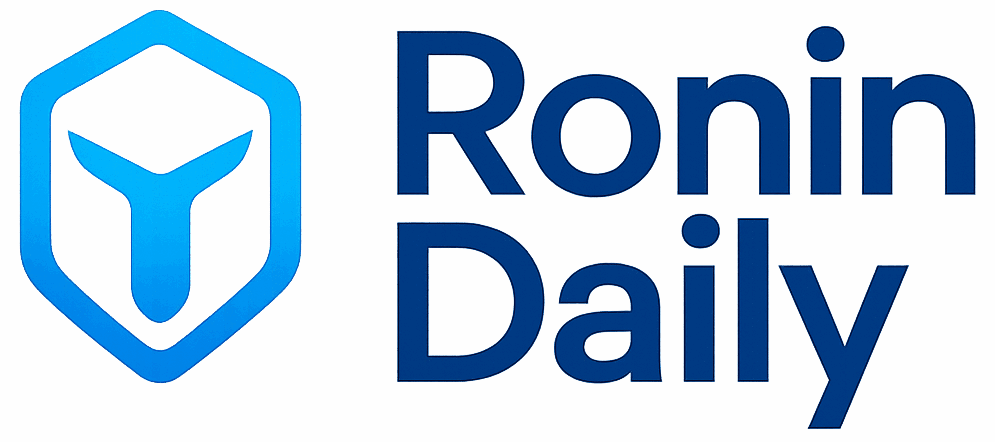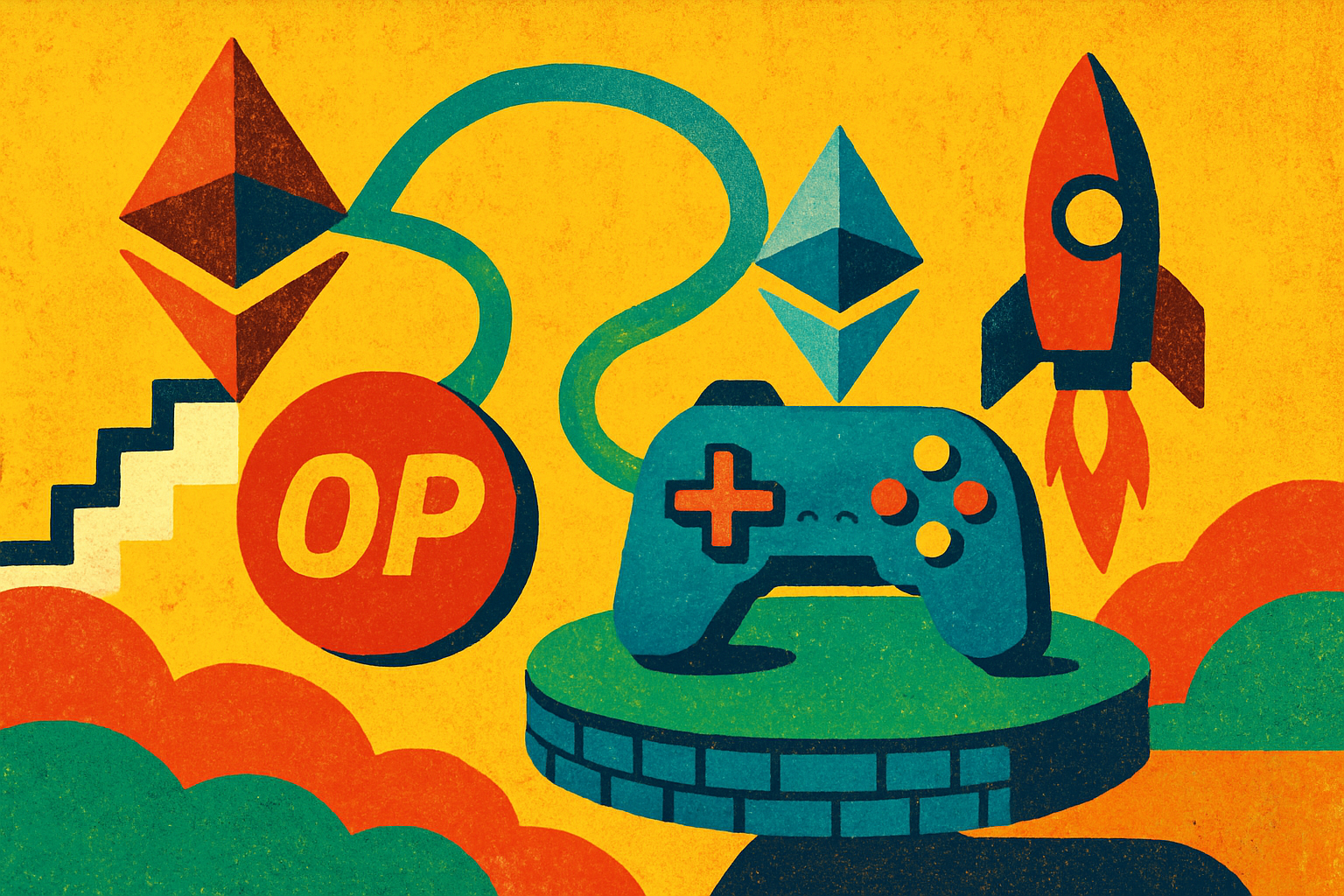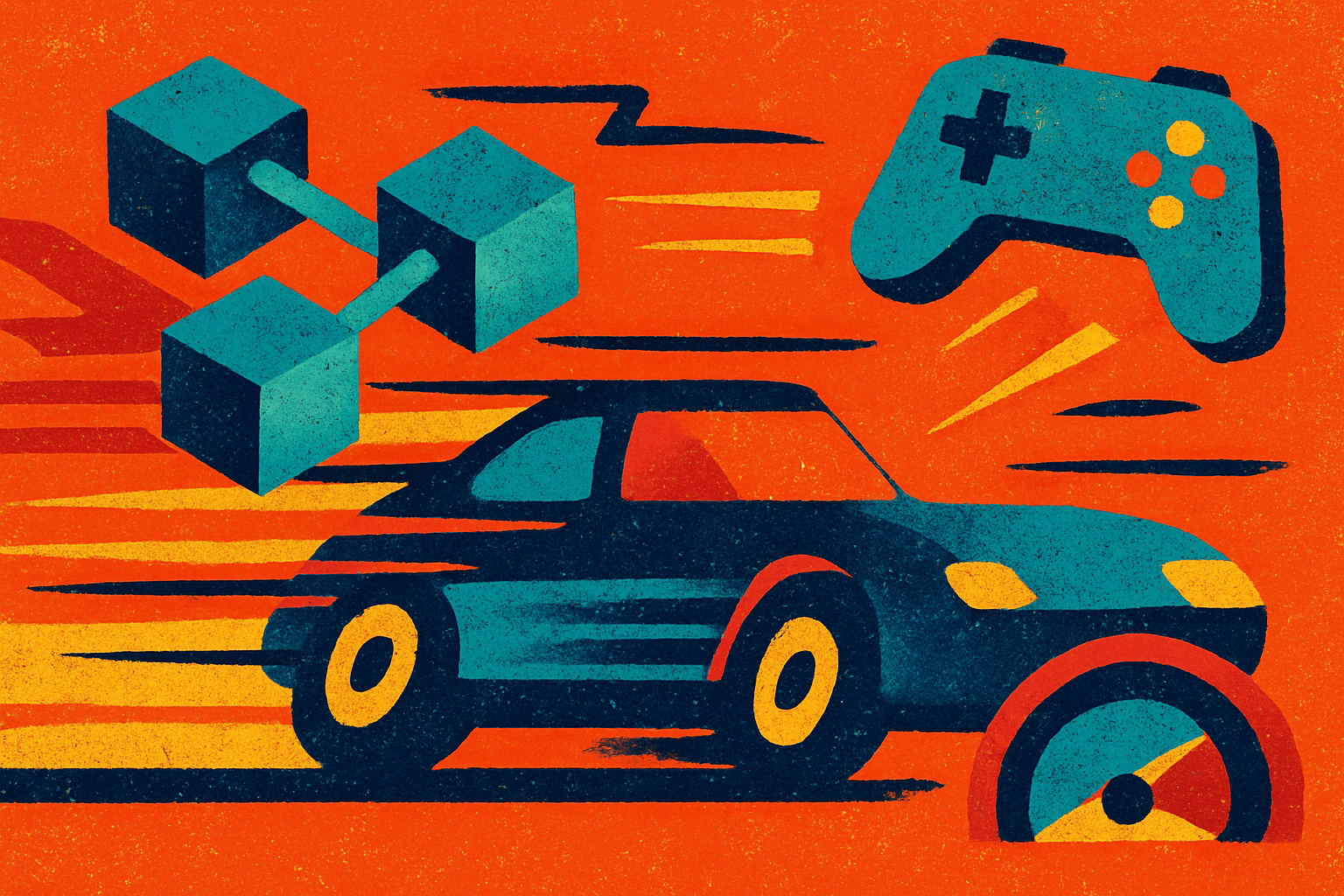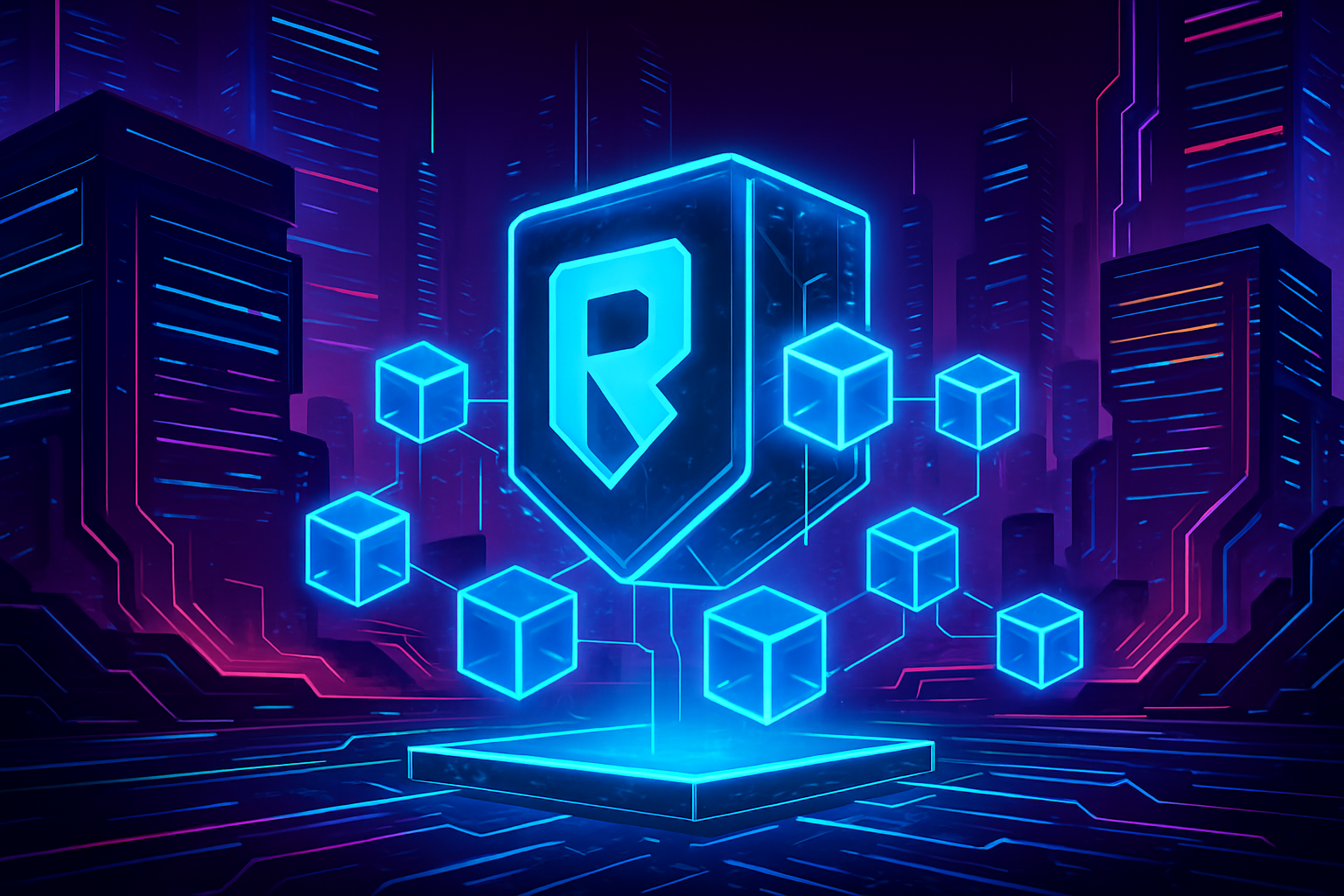
Ronin Network is rapidly redefining the landscape of onchain gaming, and its recent transition from an Ethereum sidechain to a full-fledged Layer-2 (L2) rollup is at the heart of this evolution. With Ronin (RON) trading at $0.4944 as of today, the network’s pivot comes at a time when scalable, low-cost infrastructure is essential for Web3 gaming’s next growth phase. Let’s break down how Ronin L2 rollups are powering a new era of onchain gaming by diving into its architecture, use cases, and performance benchmarks.
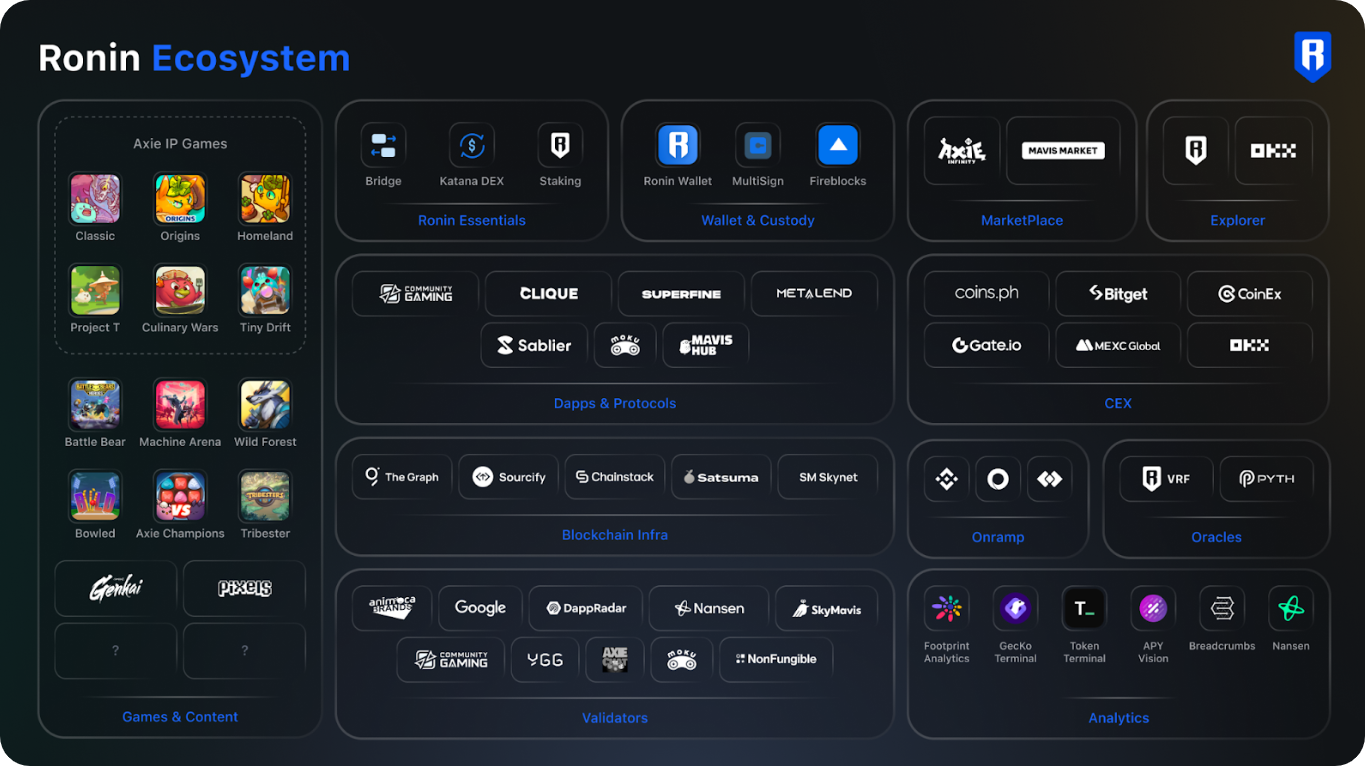
Ronin Rollup Architecture: ZK Technology Meets Gaming
The backbone of Ronin’s new scaling solution is its adoption of zero-knowledge (ZK) rollups, specifically leveraging zkEVM technology. Unlike traditional sidechains or even some optimistic rollups, ZK rollups validate transactions off-chain and submit succinct cryptographic proofs to Ethereum. This not only slashes gas fees but also drastically increases throughput, solving the bottlenecks that previously hindered blockchain games during periods of high demand.
Key architectural features include:
- ZK Rollup Layer: Bundles thousands of transactions into a single proof submitted to Ethereum, ensuring security without sacrificing speed.
- zkEVM Compatibility: Maintains full compatibility with Ethereum smart contracts and tooling, making it seamless for developers to migrate or build games on Ronin L2.
- Cross-Chain Relayer Service: Facilitates interoperability between multiple rollups and blockchains, preventing ecosystem fragmentation and enabling asset transfers across games and platforms.
This architecture isn’t just theoretical, it’s already being battle-tested in live environments. According to Ronin’s official blog, these advancements allow Ronin to process far more transactions per second than legacy chains or most L2 competitors like Arbitrum or Polygon.
Use Cases: Unlocking Complex Onchain Gaming Economies
The move to an L2 rollup architecture isn’t just about speed, it’s about unlocking entirely new categories of gameplay. With dramatically lower transaction costs and latency, developers can now design complex game economies that were previously impossible due to scalability constraints. Here are some standout use cases already emerging on Ronin L2:
- Real-Time Strategy Games: Fast transaction finality enables near-instant actions in multiplayer settings without lag or prohibitive gas fees.
- NFT Marketplaces and Asset Trading: Players can mint, trade, and upgrade in-game assets with minimal friction, key for play-to-earn models and digital collectibles.
- Cross-Game Asset Portability: Thanks to zkEVM compatibility and cross-chain relayers, assets earned in one game can be seamlessly used in others within the Ronin-Ethereum ecosystem.
The integration with Ethereum also means access to a broader user base and liquidity pool, crucial for sustainable economies in Web3 gaming. For more details on this strategic leap, visit Gate.com’s coverage.
Performance Benchmarks: Scaling Beyond Legacy Chains
If you want hard numbers, here they are: historically, Ronin has handled up to 7.5 million transactions per day during peak periods. With ZK rollups now in play, projections suggest that hundreds of millions of daily transactions will soon be within reach, a critical milestone as blockchain gaming continues its rapid expansion. These improvements aren’t just theoretical; they’re necessary for mass adoption as player counts surge across flagship titles built on the network.
The cost savings are equally dramatic. Onchain cost comparisons show that L2 rollups like Ronin can save up to 92% versus shared blockchains, and even more when compared against legacy Layer 1 solutions (see full analysis here). This efficiency is vital for developers aiming to create engaging experiences without pricing out players during high traffic events or NFT launches.
But it’s not just about speed and cost. Security is a critical pillar of Ronin’s new architecture. By anchoring proofs to Ethereum mainnet, Ronin inherits Ethereum’s robust security guarantees while maintaining sovereignty over its sequencer fees and upgrade paths. This hybrid approach offers a best-of-both-worlds solution: the flexibility and user-centric design of a dedicated gaming chain, with the trustlessness of Ethereum L1.
Ronin L2 vs. Other Rollup Solutions: Where Does It Stand?
The question on many minds: how does Ronin stack up against other Layer 2s like Arbitrum, Optimism, Polygon zkEVM, or even Solana’s ephemeral rollups?
Pros and Cons Comparison: Ronin L2 Rollups vs. Arbitrum, Optimism, Polygon, Solana for Gaming
| Platform | Pros | Cons |
|---|---|---|
| Ronin L2 (zkEVM) | • Optimized for gaming/NFTs with high throughput • Up to 12x faster transaction speeds than mainnet • Very low gas fees (L2 rollup savings up to 92%) • Enhanced security via ZK rollup proofs • Full Ethereum compatibility and interoperability • Retains 100% of sequencer fees, no mandatory revenue sharing • Seamless cross-chain relayer for interoperability • Proven performance: up to 7.5M tx/day, projected hundreds of millions • Strong gaming ecosystem (Axie Infinity, Pixels, etc.) • RON price: $0.4944 (+0.0309% 24h) |
• Ecosystem still transitioning from sidechain to L2 • Less general-purpose DeFi compared to Arbitrum/Optimism • Gaming focus may limit appeal for non-gaming dApps • Relatively newer as L2 compared to competitors |
| Arbitrum | • Large, mature DeFi and dApp ecosystem • High throughput and low gas fees • Strong developer support • Robust security as Ethereum L2 • Frequent updates and innovations |
• Not specifically optimized for gaming workloads • Sequencer decentralization is ongoing • Revenue sharing models may be less favorable for games • Less NFT/gaming focus |
| Optimism | • Fast, low-cost transactions • OP Stack enables modular L2s • Deep Ethereum integration • Growing ecosystem • Good developer incentives |
• Not tailored for gaming/NFTs • Somewhat higher fees than ZK rollups • Centralized sequencer (in transition) • Less gaming-specific tooling |
| Polygon (zkEVM/PoS) | • zkEVM offers Ethereum compatibility and scalability • Large NFT and gaming ecosystem • Low fees, high throughput • Extensive developer resources • Multiple scaling solutions (PoS, zkEVM, CDK) |
• Fragmented architecture (PoS, zkEVM, etc.) • Security depends on bridge and validator set • Not as fast as dedicated gaming L2s like Ronin • Fee structure can be confusing |
| Solana | • Extremely high throughput (thousands of TPS) • Near-instant finality, very low fees • Popular for fast-paced games and NFTs • Large, active developer community |
• Not EVM compatible (harder to port Ethereum games) • History of network outages/instability • Centralization concerns • Less direct integration with Ethereum liquidity |
Key differentiators for Ronin:
- User Experience First: Unlike general-purpose L2s, Ronin is laser-focused on gaming UX, prioritizing fast confirmation times and low fees.
- No Revenue Sharing Mandate: Ronin retains 100% of sequencer fees, giving game studios more control over monetization (source).
- Deep Gaming Integration: The network was purpose-built for NFT-based economies and play-to-earn models from day one.
This tailored approach gives Ronin an edge in the fiercely competitive Web3 gaming sector, where latency, cost, and seamless asset transfer can make or break user engagement.
Community Pulse: What Are Developers Saying?
The developer community is responding positively to these changes. Many cite the ease of migration thanks to zkEVM compatibility as a game-changer for onboarding existing Ethereum game projects onto Ronin L2. Others highlight the potential for cross-game economies, something that was previously only theoretical in the blockchain space.
Are you planning to migrate your game to Ronin’s new Ethereum L2 rollup?
With Ronin’s transition to an Ethereum Layer-2 (L2) rollup using zkEVM technology, developers can now benefit from lower transaction fees, higher scalability, and seamless interoperability with the Ethereum ecosystem. Given these advancements, we’d love to know your plans regarding Ronin’s new L2 solution.
Looking Ahead: The Future of Onchain Gaming with Ronin
The numbers speak volumes provides Ronin (RON) remains firmly priced at $0.4944, reflecting steady confidence as the network transitions into a full-fledged zkEVM-powered Layer-2. As more flagship games go live and cross-rollup interoperability matures, we’re likely to see even greater adoption from both indie studios and major publishers.
This is just the beginning. With its focus on scalability, seamless asset transfers, and player-first economics, Ronin L2 rollups are setting a new standard for what’s possible in Web3 gaming. As always, let the charts tell the story.
Top 5 Most Anticipated Ronin L2 Games in 2025
-
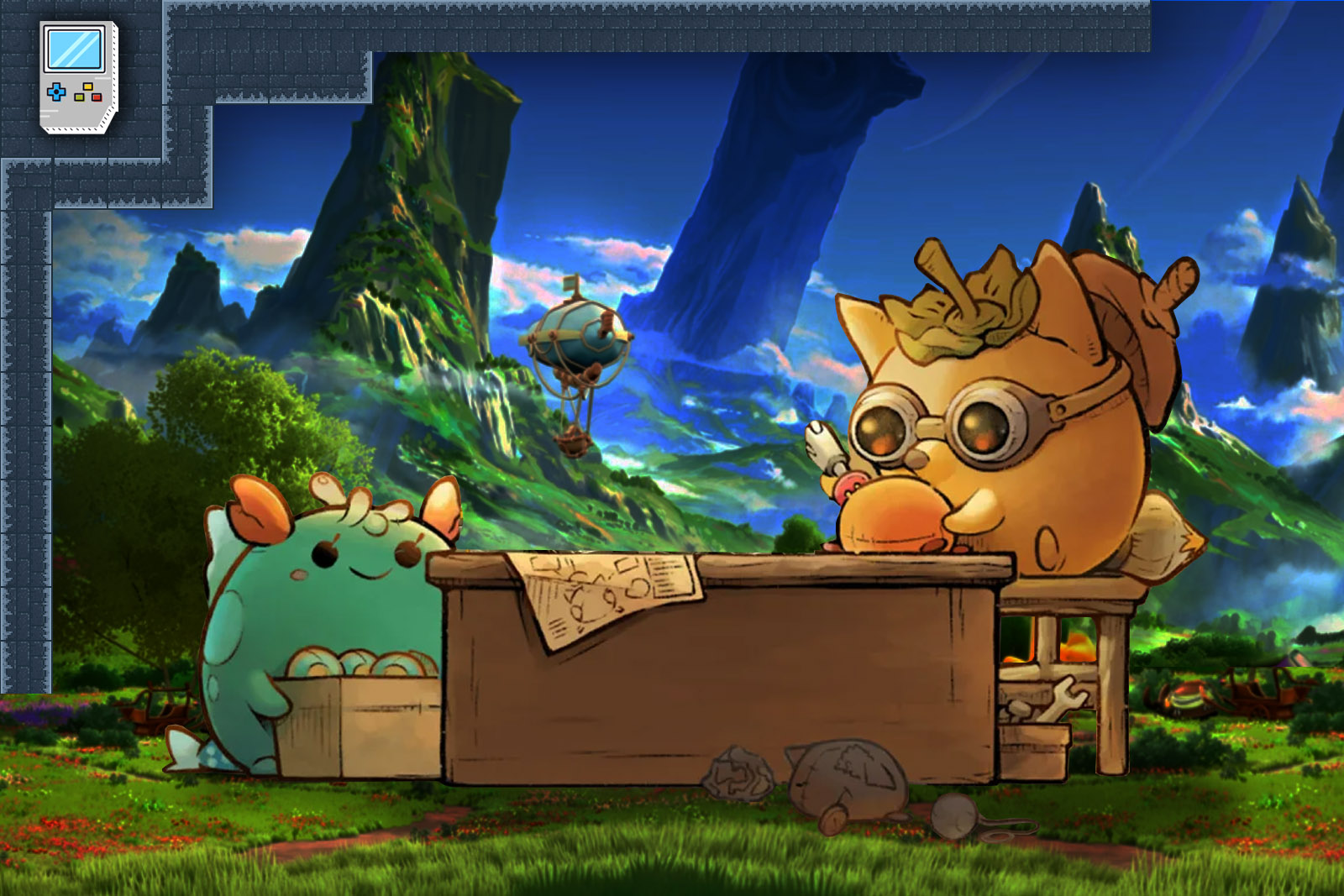
Axie Infinity: Origins – The flagship title from Sky Mavis, Axie Infinity: Origins is set to launch a fully on-chain version on Ronin L2. Enhanced gameplay, lower fees, and seamless NFT integration are expected to attract both veterans and new players.
-
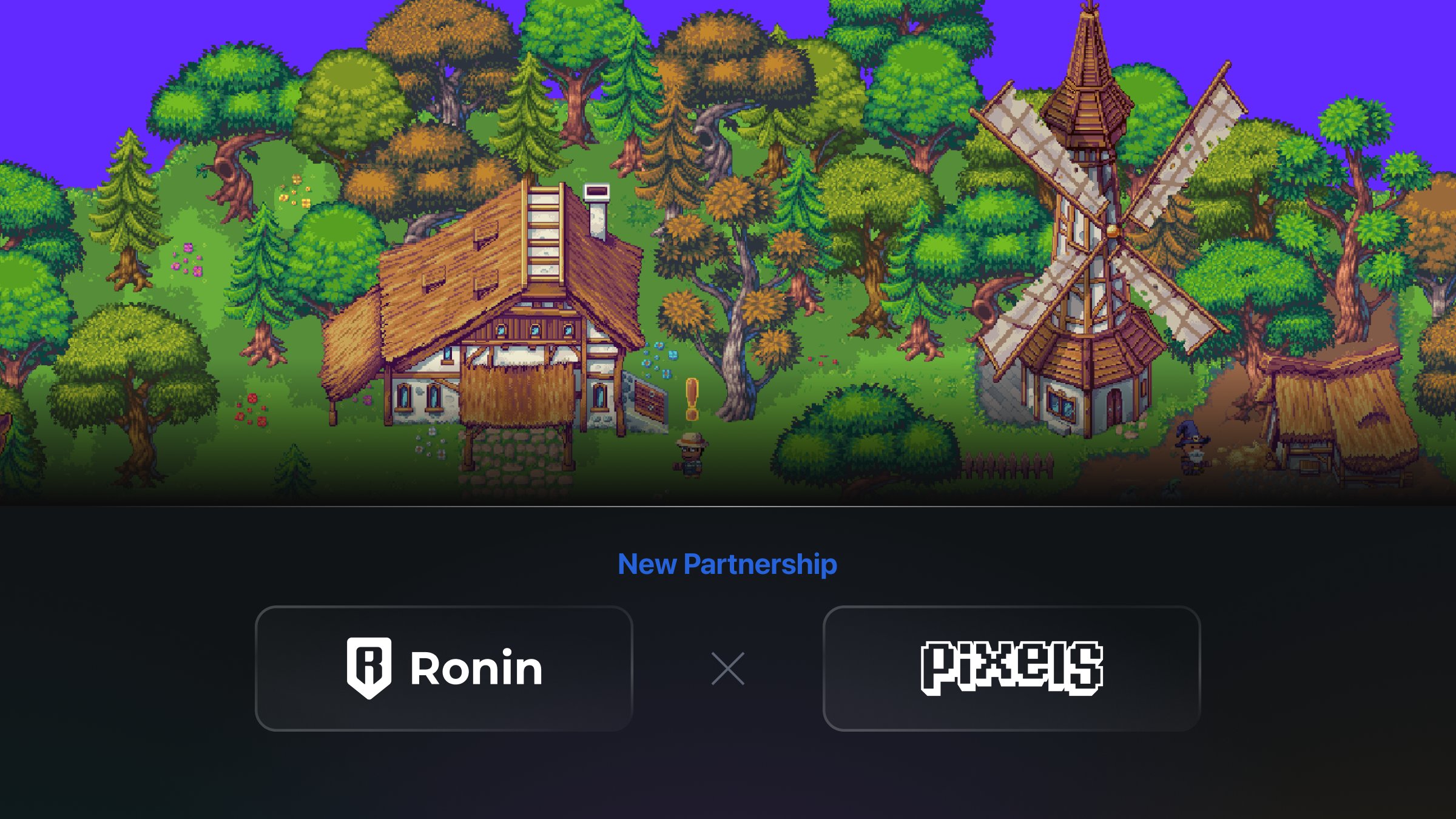
Pixels – A popular farming and social MMO, Pixels is migrating to Ronin L2 for its 2025 update. The move will enable faster transactions and richer on-chain interactions in its pixelated open world.
-

Kaidro – This anime-inspired RPG, developed by Kaidro Studios, is launching on Ronin L2 to leverage low gas fees and high throughput for its NFT-driven mech battles and narrative quests.
-

Battle Bears Heroes – The beloved mobile shooter franchise is bringing its new blockchain-enabled title, Battle Bears Heroes, to Ronin L2. Expect fast-paced action, digital collectibles, and play-to-earn mechanics.
-
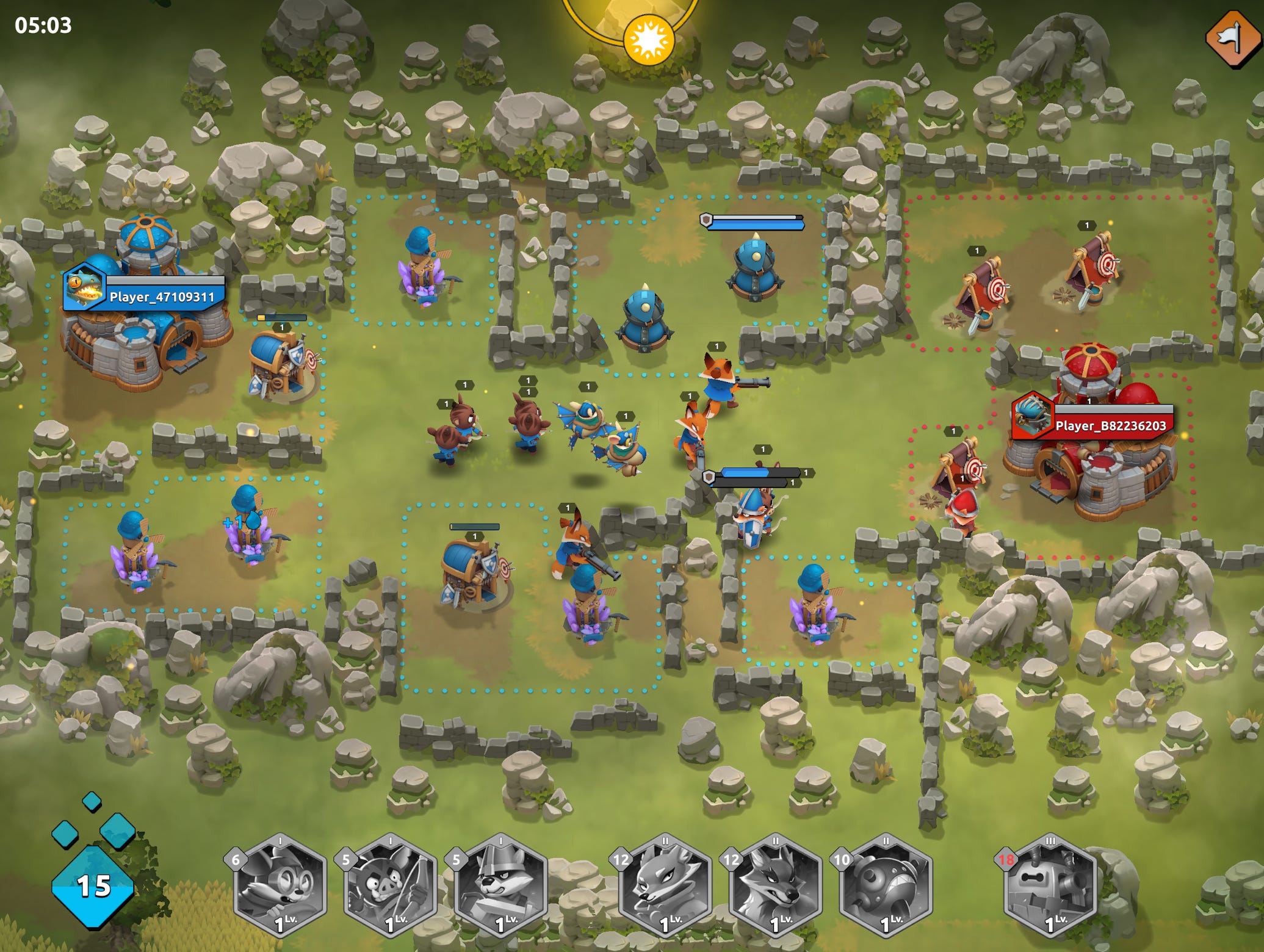
Wild Forest – A real-time strategy game focused on NFT-based units and land, Wild Forest is set to harness Ronin L2’s scalability for massive multiplayer battles and on-chain asset management.
